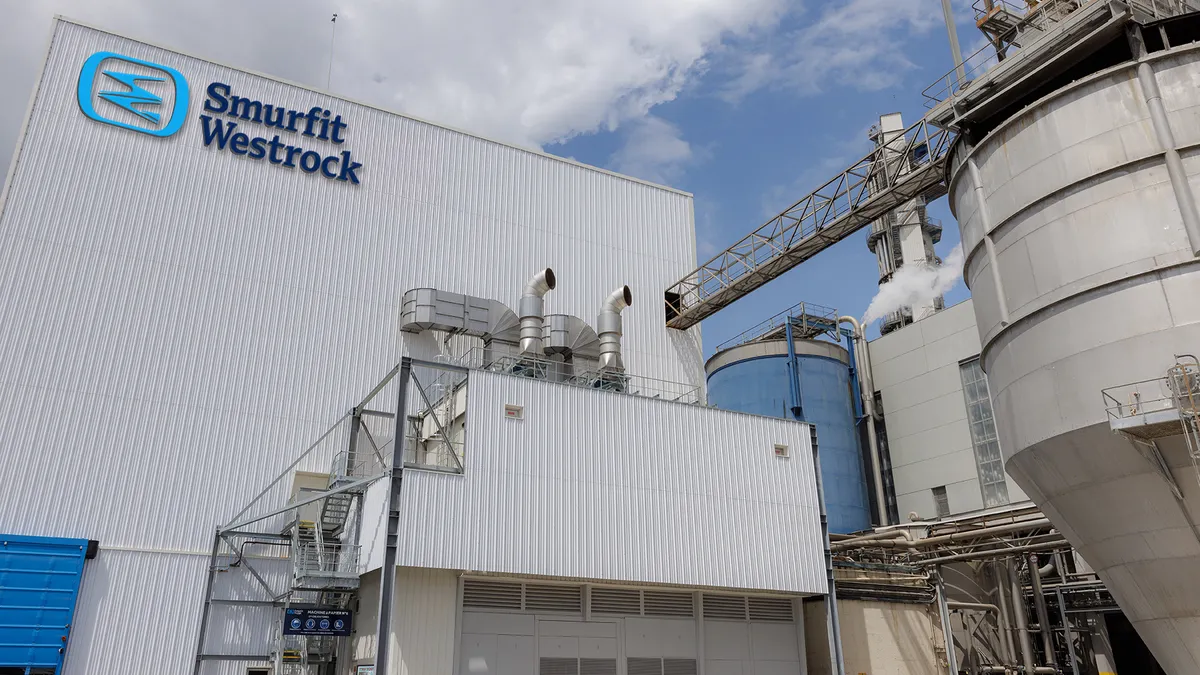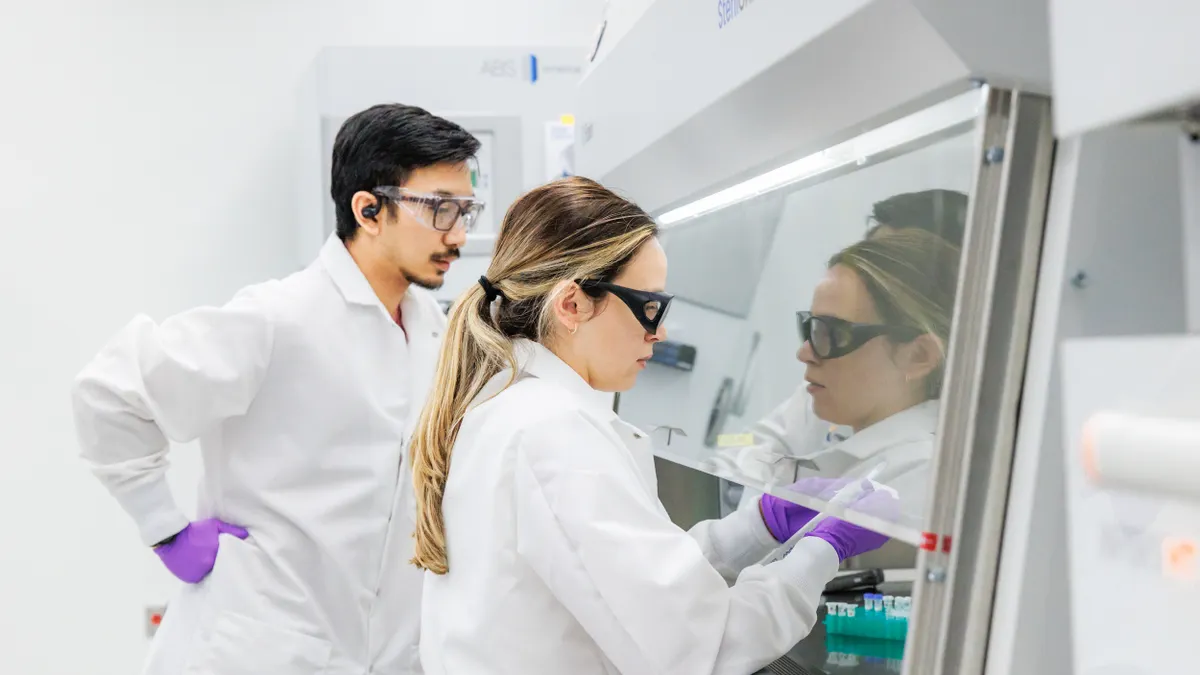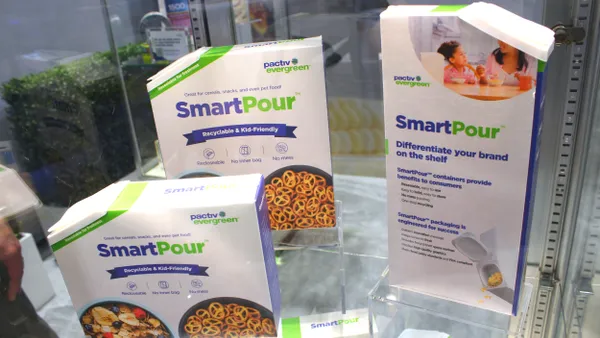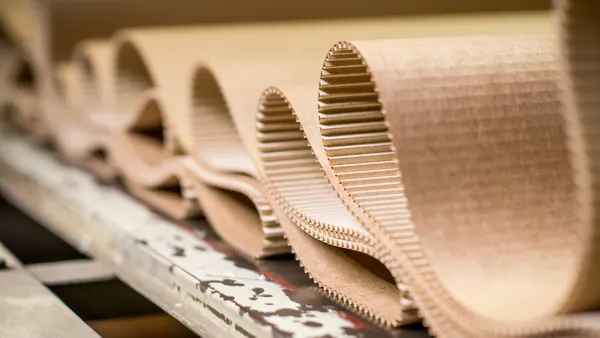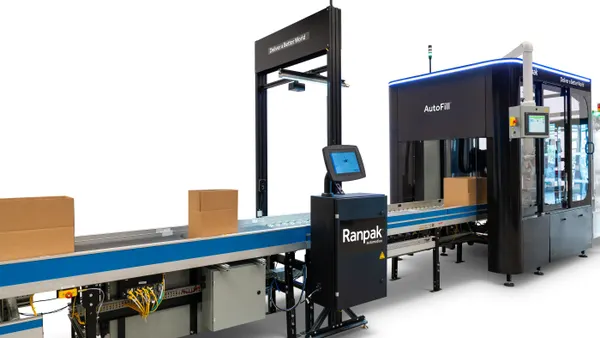Leaders of Smurfit Westrock on Tuesday held their first earnings call since the company formed on July 5 via Ireland-based Smurfit Kappa’s acquisition of Atlanta-based WestRock.
“The uniqueness of Smurfit Westrock cannot be underestimated, and the coming together of the two organizations brings incredible expertise to be harnessed with far broader opportunities for every stakeholder,” said CEO Tony Smurfit during the call. “Clearly, the question is what is next for the combination.”
Smurfit said the company will “follow the model that has been successful for Smurfit Kappa” and that “the next phase of our journey will take time.” While he detailed the cultural alignment of both companies’ go-to-market strategies, Smurfit underscored that there’s still work needed to fully understand which areas are ripe for integration. “We haven't even begun really to knit together what the total long-term opportunity of Smurfit Westrock is,” he said.
Considering the new company was not yet established during the second quarter, executives disclosed the Q2 financials for Smurfit Kappa and said the third-quarter report would cover Smurfit Westrock.
The legacy Smurfit Kappa business’ 3.5% year-over-year decrease in Q2 net sales was primarily driven by lower average box pricing in the European business, said CFO Ken Bowles. Corrugated volume growth came in at 3.1%, while shipments-per-day volume growth was 1.1%. “The balance sheet of Smurfit Westrock begins its journey with significant strength and flexibility,” Bowles said.
Executives detailed the elements of Smurfit Kappa’s business model that they aim to carry over to the new company — specifically a decentralized operating model.
“We've already started some of the dismantling of some of the issues that are centralized and pushing them back to the divisions first, and then ultimately down to the local level,” Smurfit said.
Executives said the decentralized model brings higher margins and greater profitability as the company targets more local accounts rather than just large, centralized accounts. Bowles said Smurfit Kappa had a track record of putting capital toward internal investment, growing its dividend, reducing leverage and being disciplined with M&A.
When the two businesses announced their intention to combine in September 2023, “we had aligned a synergy number of $400 million to be achieved by the end of 2025,” Bowles said. Now, “the detailed work in relation to those synergies has begun.” They are looking for target areas beyond those already flagged as synergy points, such as the known potential for opportunities in Mexico.
They are also analyzing what to do with WestRock’s solid bleached sulfate paperboard business, Smurfit said. There are also legacy box plants that either need to be made more efficient or taken offline, Smurfit suggested.
Some of the headwinds the legacy business faced in Q2, such as from input costs, appear to be in the past, executives said. “The market [is] now turning in our favor as we look forward. The [second] quarter looks like a low point, with plenty of scope for both cyclical and structural growth,” Smurfit said.
Smurfit expects positive effects from Smurfit Westrock’s price increases to materialize in the third and fourth quarters. One upcoming factor with uncertain impact is anticipated H2 maintenance at legacy Westrock facilities, such as box plants, Bowles said.
The company hasn’t yet determined whether it will offer forward-looking financial guidance on a quarterly or annual basis.
Executives emphasized the hard work ahead and that changes will take time to implement. “We can't just come over and sprinkle some dust in the United States and everybody is going to change their way,” Bowles said.



